Technological Advancements
Innovations in materials and design are significantly influencing the Construction Safety Helmets Market. The introduction of lightweight, durable materials such as advanced polymers and composites enhances comfort and protection for workers. Additionally, helmets equipped with smart technology, including communication systems and sensors, are gaining traction. These advancements not only improve safety but also increase the overall functionality of helmets. Market data indicates that the segment of smart helmets is expected to grow at a compound annual growth rate of over 10% in the coming years. As construction companies adopt these technologies, the Construction Safety Helmets Market is likely to witness a transformation in product offerings.
Stringent Safety Regulations
The Construction Safety Helmets Market is significantly influenced by the enforcement of stringent safety regulations across various regions. Governments and regulatory bodies are increasingly mandating the use of safety helmets on construction sites to mitigate the risk of head injuries. Compliance with these regulations is not only a legal requirement but also a moral obligation for employers. As a result, the demand for certified safety helmets is on the rise, with market analysts projecting a steady increase in sales as companies strive to meet compliance standards. This regulatory landscape is expected to bolster the Construction Safety Helmets Market, as adherence to safety protocols becomes a priority for construction firms.
Expansion of Emerging Markets
Emerging markets are playing a crucial role in the growth of the Construction Safety Helmets Market. As economies in these regions develop, there is a corresponding increase in construction activities, driven by urbanization and infrastructure projects. Countries in Asia and Africa, in particular, are witnessing rapid growth in their construction sectors, leading to a heightened demand for safety equipment. Market data suggests that the construction industry in these regions is expected to grow at a rate of 6% to 8% annually. This expansion presents significant opportunities for manufacturers of safety helmets, as they seek to cater to the unique needs of these markets. The Construction Safety Helmets Market is thus likely to see increased competition and innovation as companies strive to establish a foothold in these burgeoning economies.
Increased Construction Activities
The Construction Safety Helmets Market is experiencing a surge in demand due to the rising number of construction projects worldwide. As urbanization accelerates, the need for infrastructure development becomes paramount. This trend is reflected in various regions, where construction spending has seen a notable increase, with estimates suggesting a growth rate of approximately 5% annually. Consequently, the heightened focus on worker safety in these projects drives the demand for safety helmets, which are essential for protecting workers from head injuries. The Construction Safety Helmets Market is thus poised for expansion as more companies prioritize safety measures to comply with regulations and enhance worker welfare.
Growing Awareness of Worker Safety
There is a growing awareness regarding the importance of worker safety in the construction sector, which is positively impacting the Construction Safety Helmets Market. Employers are increasingly recognizing that investing in safety equipment, including helmets, not only protects their workforce but also enhances productivity and reduces liability costs. Surveys indicate that companies with robust safety programs experience fewer accidents and lower insurance premiums. This heightened awareness is driving demand for high-quality safety helmets, as organizations seek to foster a culture of safety. Consequently, the Construction Safety Helmets Market is likely to benefit from this shift in mindset, leading to increased sales and innovation in helmet design.



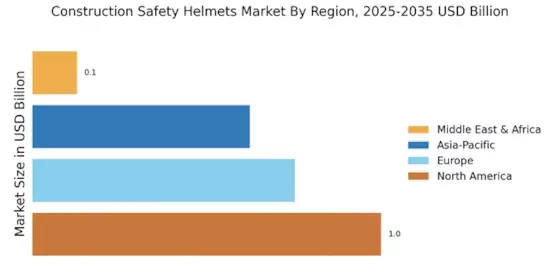

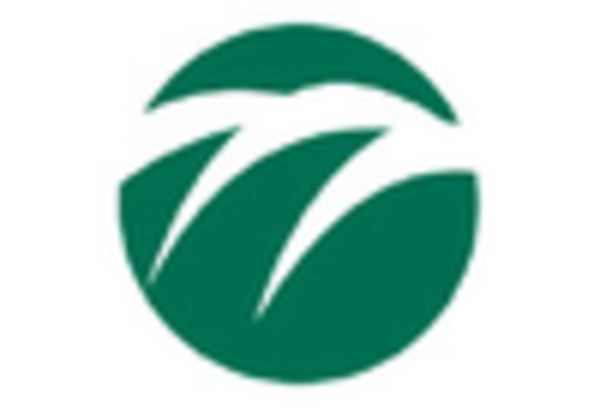
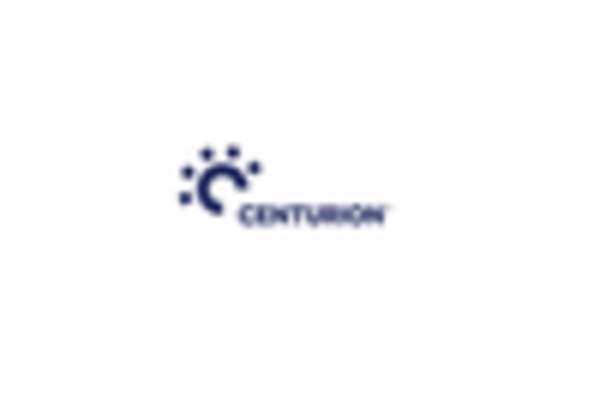

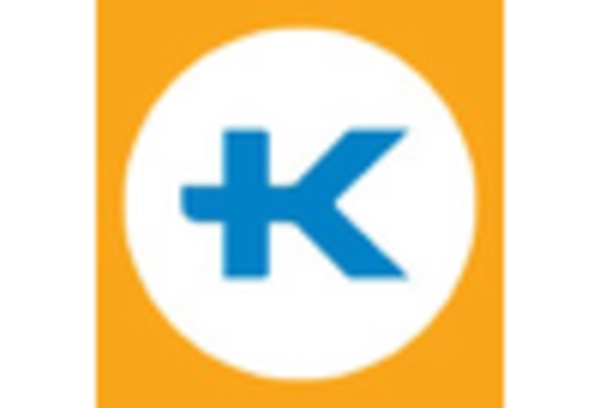
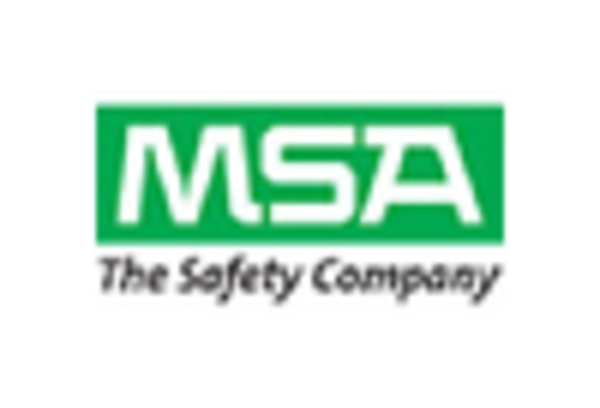








Leave a Comment